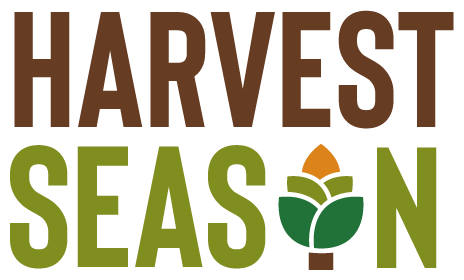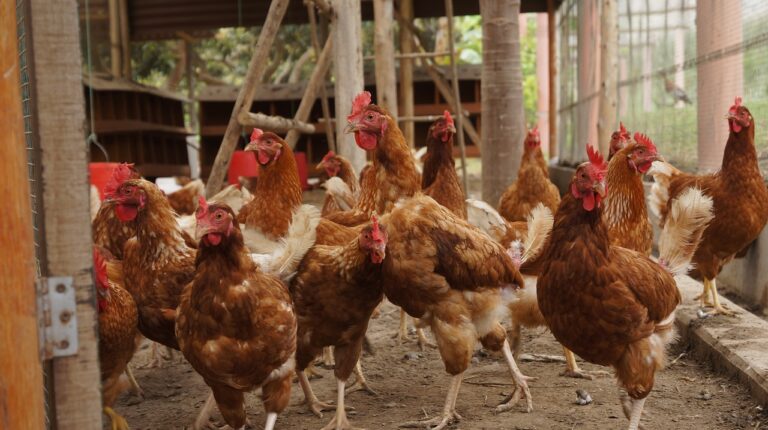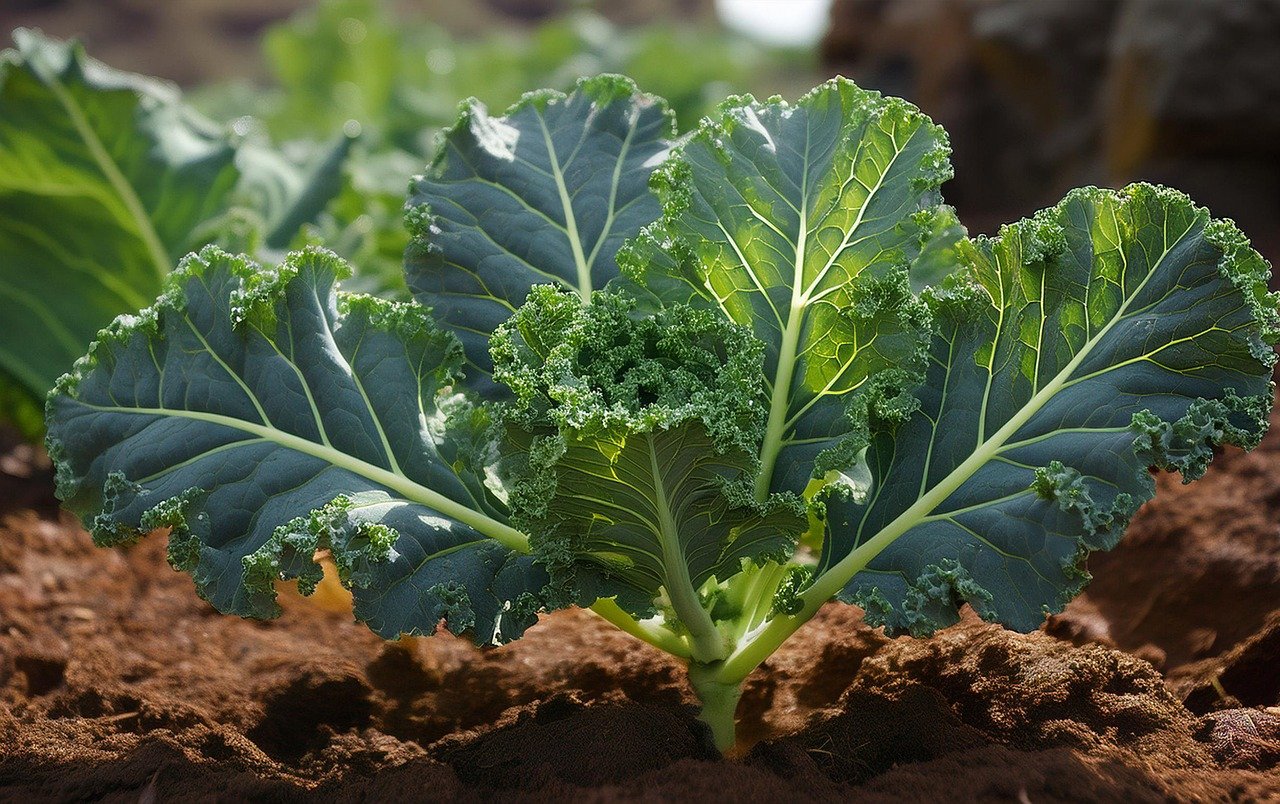Sea Moss Farming in Kenya
Sea Moss farming in Kenya has not only provided a livelihood for fishermen but has also contributed to the economic growth of coastal communities?
In Kibuyuni village, a group of dedicated farmers have been cultivating this unique marine resource since 2010, with the support of the Kenya Marine and Fisheries Research Institute (KMFRI).
But what exactly is sea moss, and what are its market potential and benefits? In this discussion, we will explore the fascinating world of sea moss farming, its economic impact, and the challenges and opportunities it presents.
Get ready to dive into the depths of this thriving industry and discover how it has transformed the lives of the local community.
Background of Sea moss Farming in Kenya
Sea moss farming in Kenya has emerged as a promising industry, offering economic opportunities and sustainable livelihoods for coastal communities. The practice began over a decade ago in Shimoni, Kwale, making it Kenya’s first seaweed farm. Since then, the price offered by buyers has been steadily rising, increasing the profits of farmers. Kibuyuni village in Shimoni has seen a significant increase in seaweed production, thanks in part to the training offered by the Kenya Marine Fisheries Research Institute (KMFRI). The Kibuyuni Seaweed Farmers Organization, which consists mostly of women, now has 50 members.
The market potential for seaweed farming in Kenya is substantial. Studies conducted by KMFRI suggest that the industry could earn the country up to Sh40 million annually. Seaweed farming not only provides economic opportunities but also diversifies livelihood options for poor fishing communities. The extracts from seaweed are used in various products such as food thickeners, pharmaceuticals, and cosmetics. Additionally, seaweed can be used as a soil conditioner and fertilizer, offering further benefits to farmers.
For fishermen and coastal communities, seaweed farming provides an alternative source of income. With increasing competition for fish and declining profitability in fishing, many fishermen have turned to seaweed farming, which has raised their family incomes. Some farmers have even used their savings to invest in other ventures, contributing to the economic development of coastal areas.
Market Potential and Economic Development
What are the economic opportunities and market potential of seaweed farming in Kenya?
Seaweed farming in Kenya has shown significant market potential and offers various economic opportunities. The Kenya Marine Fisheries Research Institute (KMFRI) has conducted studies that indicate the market potential of seaweed farming could earn Kenya up to Sh40 million annually. Seaweed extracts are in high demand and used in food thickeners, pharmaceuticals, and cosmetics, providing a lucrative market for farmers. Additionally, seaweed can be used as a soil conditioner and fertilizer, further expanding its market potential.
Seaweed farming also contributes to the economic development of coastal areas and provides an alternative source of income for fishermen. With increasing competition for fish and declining profitability in the fishing industry, seaweed farming diversifies livelihood opportunities for poor fishing communities. The rising demand for seaweed, particularly in America and Asia, has created a steady market for Kenyan farmers.
Benefits for Fishermen and Coastal Communities
Seaweed farming provides fishermen and coastal communities with a valuable alternative source of income, boosting family incomes and contributing to the economic development of coastal areas. As competition for fish increases, traditional fishing is becoming less profitable. However, seaweed farming offers a sustainable solution. By cultivating and harvesting seaweed, fishermen can diversify their livelihoods and supplement their earnings. Many fishermen have already seen their family incomes rise as a result of engaging in seaweed farming. Some have even used their savings to invest in other ventures, further stimulating economic growth in coastal communities.
Moreover, seaweed farming has the potential to create employment opportunities for coastal communities. As the demand for seaweed increases, more farmers are needed to meet the market needs. This not only helps to alleviate poverty but also promotes inclusive economic development in these areas.
Additionally, seaweed farming contributes to the overall economic development of coastal areas. With the rising market potential and the ability to export seaweed products to countries like America and Asia, the industry has the capacity to generate substantial revenue for the local economy. This revenue can be reinvested in infrastructure, education, and healthcare, improving the quality of life for coastal communities.
Production and Demand of Sea moss
Sea moss farming in Kenya has gained momentum in recent years, with farmers cultivating and harvesting one metric tonne of dry seaweed every six weeks. Each farm has the potential for eight to ten harvests per year, contributing to a steady supply of sea moss in the market.
Currently, the market rates for one metric tonne of seaweed are selling at Sh12,000. The demand for sea moss has been rising, particularly in America and Asia, where it’s mainly exported.
This increasing demand can be attributed to the various applications of sea moss, such as its use in food thickeners, pharmaceuticals, and cosmetics.
As the global seaweed industry continues to grow, sea moss farming in Kenya has the potential to contribute significantly to this industry, providing economic opportunities for coastal communities and contributing to the country’s GDP.
Global Sea moss Industry and Its Potential Impact on Kenya
The global sea moss industry holds significant potential for impacting Kenya’s economy and coastal communities. With the increasing demand for sea moss in various industries, such as food, cosmetics, and pharmaceuticals, Kenya has the opportunity to tap into this growing market.
As one of the largest producers of sea moss, particularly in the form of the species Gracilaria and Eucheuma, Kenya can benefit from the high market rates and export opportunities. The revenue generated from the sea moss industry can contribute to the country’s GDP and provide a source of income for coastal communities.
Additionally, sea moss farming can diversify livelihood opportunities for fishermen, who may face challenges due to competition for fish resources. By investing in the development of the sea moss industry and providing support to farmers, Kenya can harness the economic potential of this valuable resource and promote sustainable growth in its coastal regions.
Conclusion
In conclusion, sea moss farming in Kenya has proven to be a successful venture, providing alternative income sources for fishermen and contributing to the economic growth of coastal communities.
With the support of the Kenya Marine and Fisheries Research Institute, farmers have been able to increase their production and explore diverse market potential.
The global sea moss industry holds great potential for Kenya, and this industry has positively transformed the lives of the local community, particularly women.



